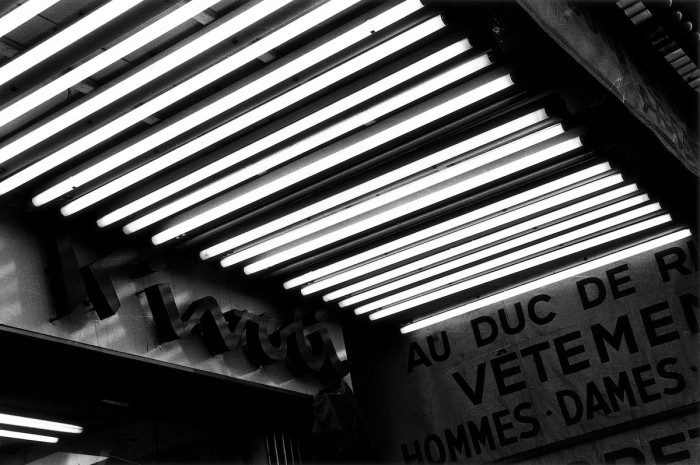No matter how loudly we might insist that these impassive young architects acknowledge the reality of their lives more openly, our cries remain as pointless as admonishing a child who is eating a hamburger and watching TV to eat fish, turn off the TV and talk to his parents. Perhaps we must instead find a new type of dining table where we can enjoy eating hamburgers. Rather than clinging to the counters of our neighborhood bars and reviling the big tables of the cafes, perhaps we should seek out a new reality in those new tables. […] I now sense that reality does not precede consumption, but rather lies beyond it, on the other side. Thus, we have no choice but to stand before the sea of consumption, immerse ourselves, and swim through it to discover what lies on the far shore. If we stand motionless at the shore, the water only continues to rise. So if we are to survive, we can neither refuse to swim not stand dumbfounded as the water envelops us.
In “A New Architecture Is Possible Only in the Sea of Consumption,” From Postwar to Postmodern, Art in Japan, 1945–1989: Primary Documents 1 published by MOMA.
